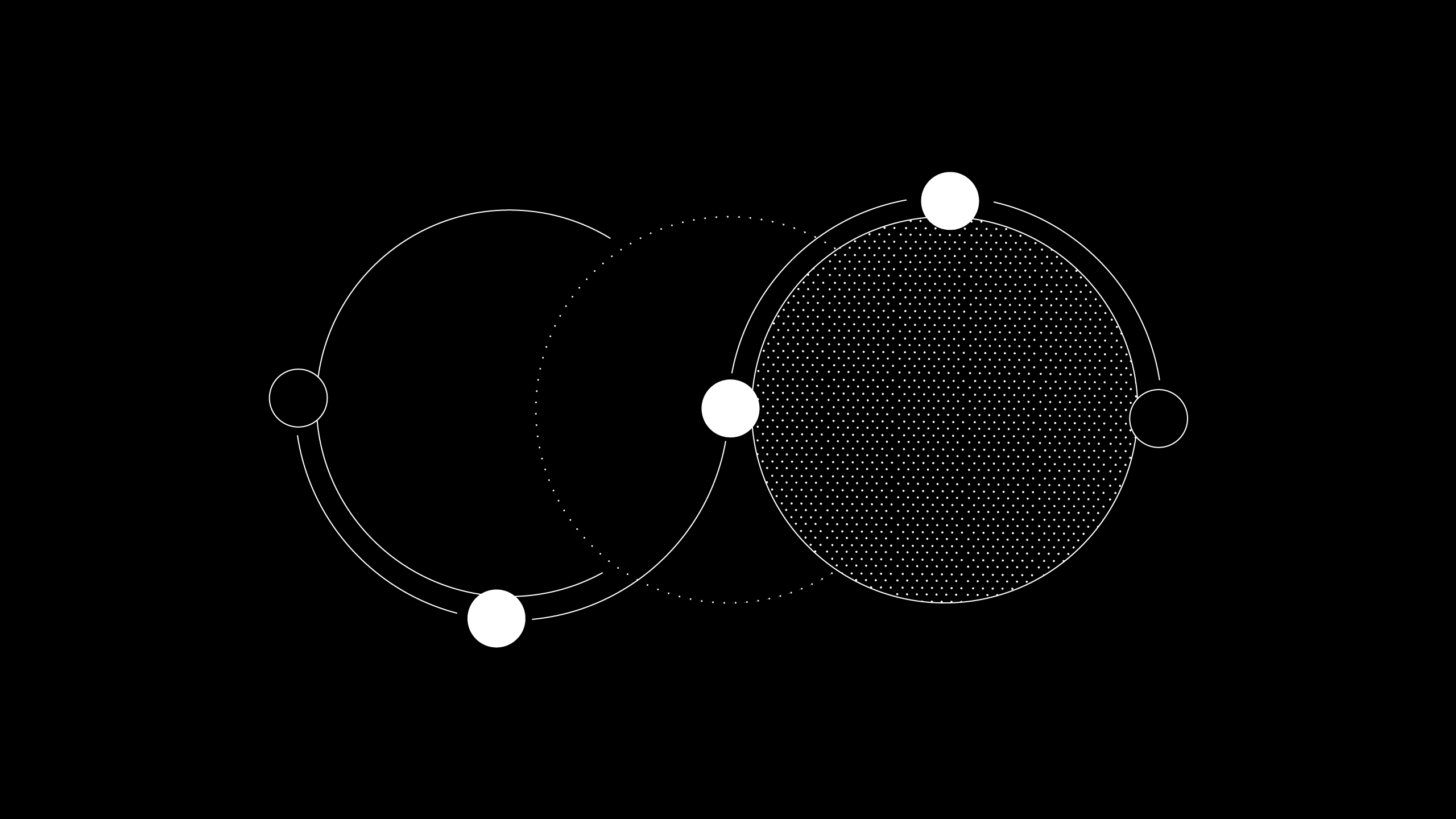
Doculabs, Celonis transform processes behind fraud, anti-money laundering investigations
Financial crimes and fraud have surged during the COVID-19 pandemic as people everywhere, and senior citizens in particular, have increasingly moved online. Banks are responding by throwing more investigators at the problem, but what’s really needed is new technologies like process mining, which enable better automation and therefore execution, according to Celonis partner Doculabs.
Enter banking process transformation for fraud detection and anti-money laundering. Banks are busy overhauling their processes to better thwart fraud and money laundering and are scrambling to invest in process and systems transformation.
While anti-money-laundering (AML) systems are relatively current, fraud response and case management systems are often stitched together and lack standardized processes. In these cases, Doculabs recommends looking for process transformation from other functions from call centers and customer service management that may apply to fraud response.
Banks have been struggling to keep up with a fraud surge partially attributed to the COVID-19 pandemic and an aging population in the US. The financial services industry has invested in fraud detection and prevention technologies, but not case management systems and processes, said James Watson, President of Doculabs. "The volume of investigations is exploding and throwing bodies at the problem isn't sustainable," said Watson. "There are opportunities to automate processes."
Indeed, statistics from the US Federal Bureau of Investigation highlight the surge in fraud in recent years. According to the FBI's Internet Crime Complaint Center (IC3), there were 791,790 cybercrime complaints in 2020, up 69% from 2019, and $4.2 billion in losses. The 2020 data was the latest available from the FBI. For comparison, IC3 reported 298,728 cybercrime complaints in 2016 with $1.5 billion in losses.
And the picture is even worse for Americans over 60 years old. According to IC3, Americans over 60 accounted for $1 billion in losses in 2020 representing 28% of the total.
Watson and Doculabs experts note that it has been difficult for banks to keep up with fraud detection for the following reasons:
Lack of standardization. Investigators research cases differently and there is little process standardization. "It's not like a factory. Investigators have their own styles and that causes challenges," said Watson.
Lack of process optimization. Watson said fraud cases need to become 80% data-driven, with 20% of the approach being custom to each case. Today, "people are making individual decisions about how to go about an investigation instead of turning it into a factory," said Watson.
Cases are not typically assigned based on investigator experience and training.
Case management systems that lacksophistication, such as skills-based routing and automated alerts.
The Doculabs team is currently leveraging Celonis for process discovery and task mining today, with automation and simulation via the Celonis Execution Management System (EMS) possible in the future. Joe Mislinski, senior consultant at Doculabs, said he has been using Celonis to identify friction in current fraud and AML investigation processes and design new ones.
Mislinski said aside from process mining, Doculabs uses task mining to gauge how investigators complete cases. "Investigators can be assigned a case and conduct tasks that aren't visible to case management systems," said Mislinski. "We are mining activities from end-user desktops to capture tasks and merge them with processes on the same dates."
By combining process mining and task mining, Doculabs gathered data on case variability, demand spikes, transaction velocity and data collection from e-commerce sites, background subscription services and other social media that may reveal fraud. Mislinski said it's also important to track what cases are picked up or left behind as well as spurts of activity and how various departments go about their investigations. Combining all of these is the only way to get a truly holistic overview of how cases are handled.
"Each department processes cases differently," said Mislinski. "The whole process is chaotic, and the ‘process spaghetti’ is as bad as I've ever seen. There wasn't a set sequence to the way activities occur. It was up to the investigator, who had no standardized training."
Mislinski said- the Celonis for Consulting program enabled Doculabs to quickly show the customer the value of retooling processes. "The proof of concept was also proof of value," he said. "We were able to visualize new process flows for system migration or process reengineering." Timelines vary by customer, but Celonis has reduced the time to value from months to weeks, said Mislinski.
After using Celonis, Mislinski said he found more processes than expected. "We thought there were two main processes, anti-money laundering (AML) and fraud, but it turns out there really are five," he explained. "So, you might say there are five activities, but then if you look at each of these lines of business, like auto fraud, credit card fraud, deposit fraud, there are 15 different departments. You could multiply the fraud ones by 15. There is a complex web of sub-processes making standardization and automation different.
Efficient processes will be critical for banks to scale investigations. "There has to be no freelancing here. Investigators need to be doing cases the same way as systematically as possible. It's much easier to manage because if 1000s of us are doing it differently it's hard to get to an idealized state," said Watson.
How AML and fraud processes work
AML and fraud processes have similarities, but have different roles, said Richard Medina, Doculabs' Co-founder and Principal Consultant. Medina highlighted the differences:
Fraud is a line-of-business issue. If a criminal takes money the bank takes a hit to its bottom line. The goal is to prevent fraud before the money goes out the door.
AML is a compliance obligation to report on suspicious activities.
Historically, the two processes have been separated with different systems, but share similar software and methodology.
"Volume is exploding for both and the traditional methods don't scale," said Medina.
Here's a look at the fraud detection process.
Investigator gets an alert from a bank branch, employee or citizen via a portal or call. This data is collected through multiple sources and ingested.
Investigation triage where various tools, such as artificial intelligence, attempt to determine false positives and spot potential transactions that are worth a deeper look.
Case is formed.
System scores an investigation as a normal one or something that needs to be escalated.
Cases go into workflow tools that range from unsophisticated digital folders to ones that manage service level agreements.
During the investigation data is collected using automated tools as well as manual data collection.
Data has to be manually cleansed.
Report is written and Medina said it is often "human speculative fiction" rather than natural language processing based on a standard form.
Throughout the process 6 to 7 core systems are used.
Medina said Celonis is used to map the case management system, activities and any latencies. "There's often a lot going on or not much," said Medina, who said mapping processes can provide good optimization clues.
AML has a similar process to fraud, but the analysis is based on batches of suspicious activity. The KPIs for AML are typically cycle time and labor, not necessarily money back. Processes that eliminate rework, meet SLAs and cut down on reassignments mean banks can do more with fewer people, said Medina.
Automation can bolster workflows such as data collection, aggregation, initial risk assessment and identifying false positives, added Medina. Automation can also help assign cases to the right investigator at the right time. But, both processes have a variety of inefficiencies. For instance, Doculabs experts said a "drag strip" is a case that languishes in the queue until the bank is about to violate what is usually a 30-day SLA. Those cases have no activity and then see a burst at the last-minute to resolve the case in a few days, explained Medina.
The human part of the process can also be an issue since investigators can log into as many as 7 to 16 systems to capture data.
Despite this morass, Medina is optimistic about the ability to fix these issues. "The good news is that banks can learn from folks in other verticals. Call centers have ingestion channels. Loan origination has document tracking. You can extract data from documents and put intelligence in them," explained Medina. "There's also interaction mining and emerging technology that tracks sentiment based on voice activity."
Most of the industries where Celonis sits have processes that would apply to fraud and AML. In the future, Medina's bet is that AML and fraud processes merge due to the need to scale, or reorganization designed to make investigations more efficient.
"It's going to take a while for these two processes to merge but combining them into one process means you might have a standardized, rationalized process," said Medina.
The systems
Banking clients have invested in fraud detection and prevention tools with machine learning systems that will prevent transactions viewed as anomalies. For instance, most of us have had a credit card transaction prevented because we failed to put in a travel advisory. Systems are also adept at noting large transactions and patterns and fast track fraud investigations when a customer is over 65 years old.
Watson said case management systems haven't been a focus for investment by banks because they haven't viewed the function as one that requires scale and standardized processes. Ultimately, fraud investigations can leverage the same tools as a call center would. Prioritizing and assigning cases is critical, said Watson.
"These systems don't have workflow management technologies, like skills based routing, which you'd see in a call center," said Watson.
Celonis is used to recommend a standard path for caseload and case management. With a standardized process, banks can free up capacity for existing staff. In addition, cost savings, customer service and reputational risks improve, said Watson.
Overall, Celonis and process mining offer banks and financial services firms a new opportunity to identify improvements within the investigations process.






